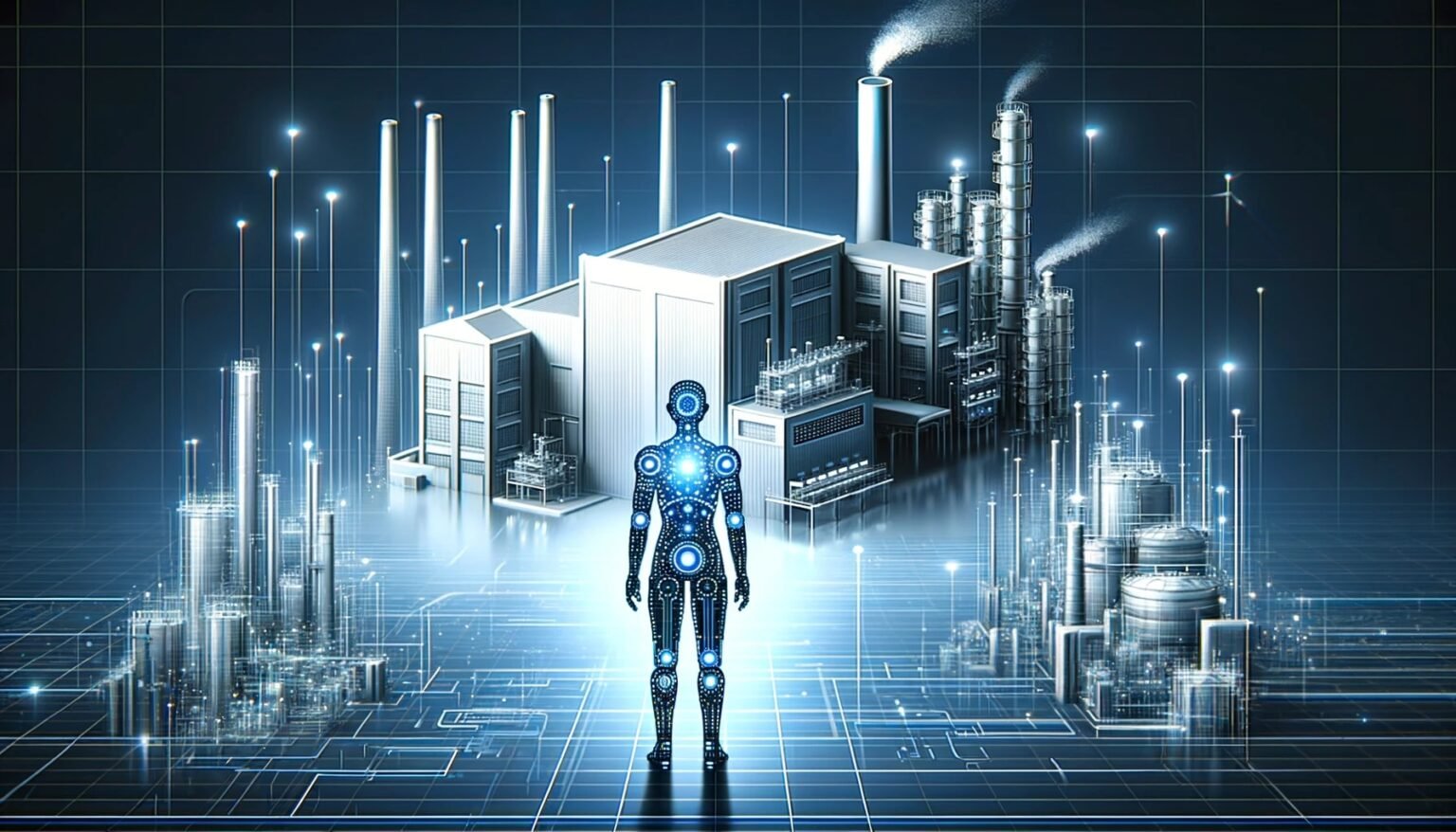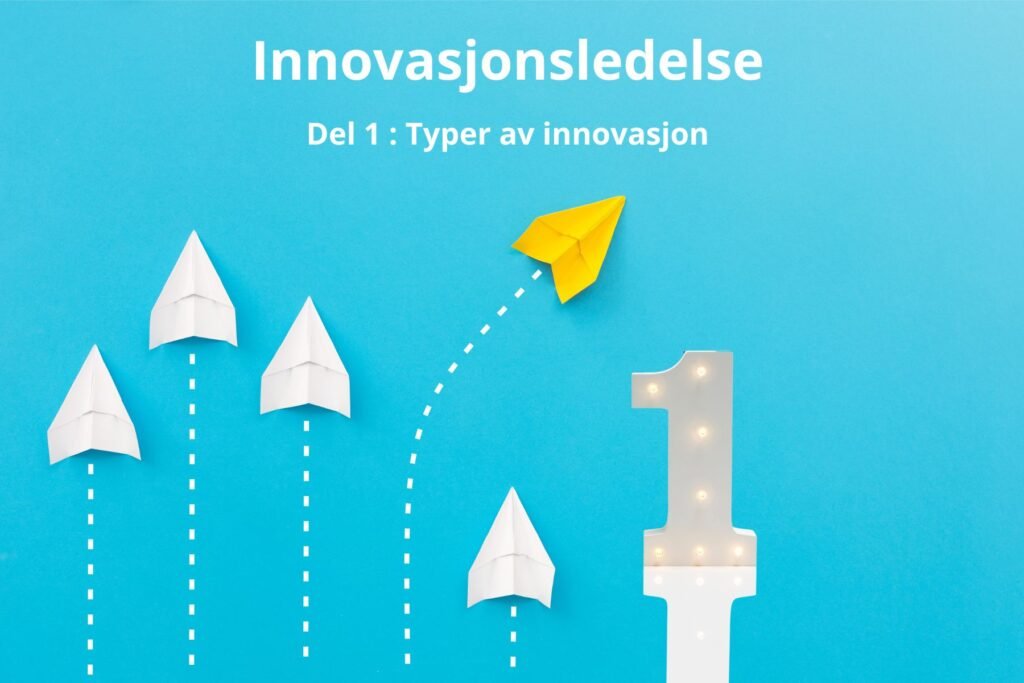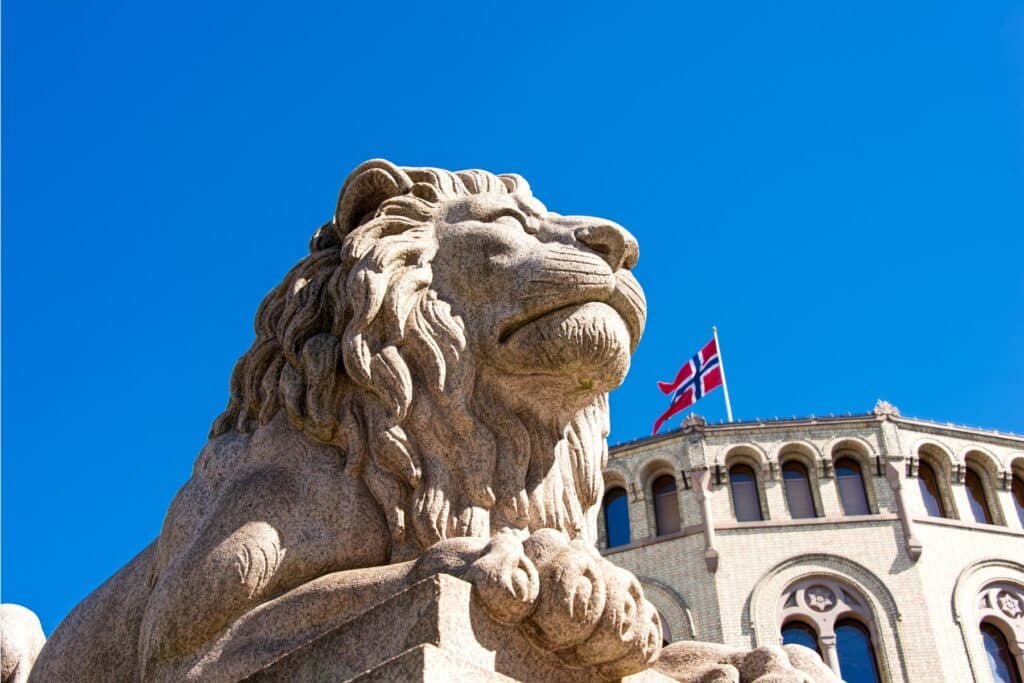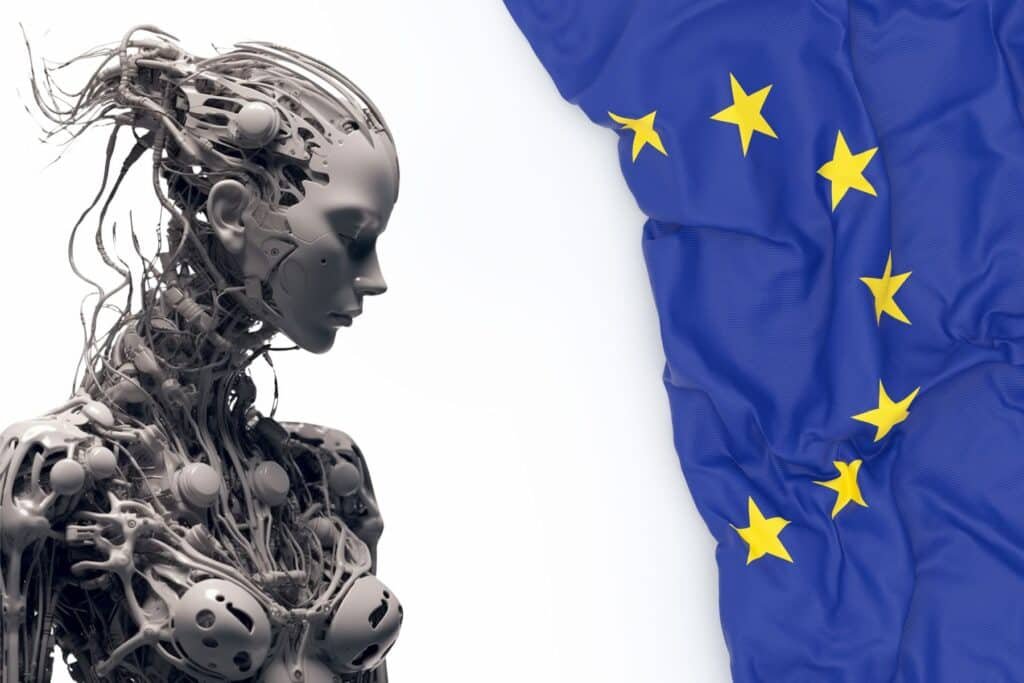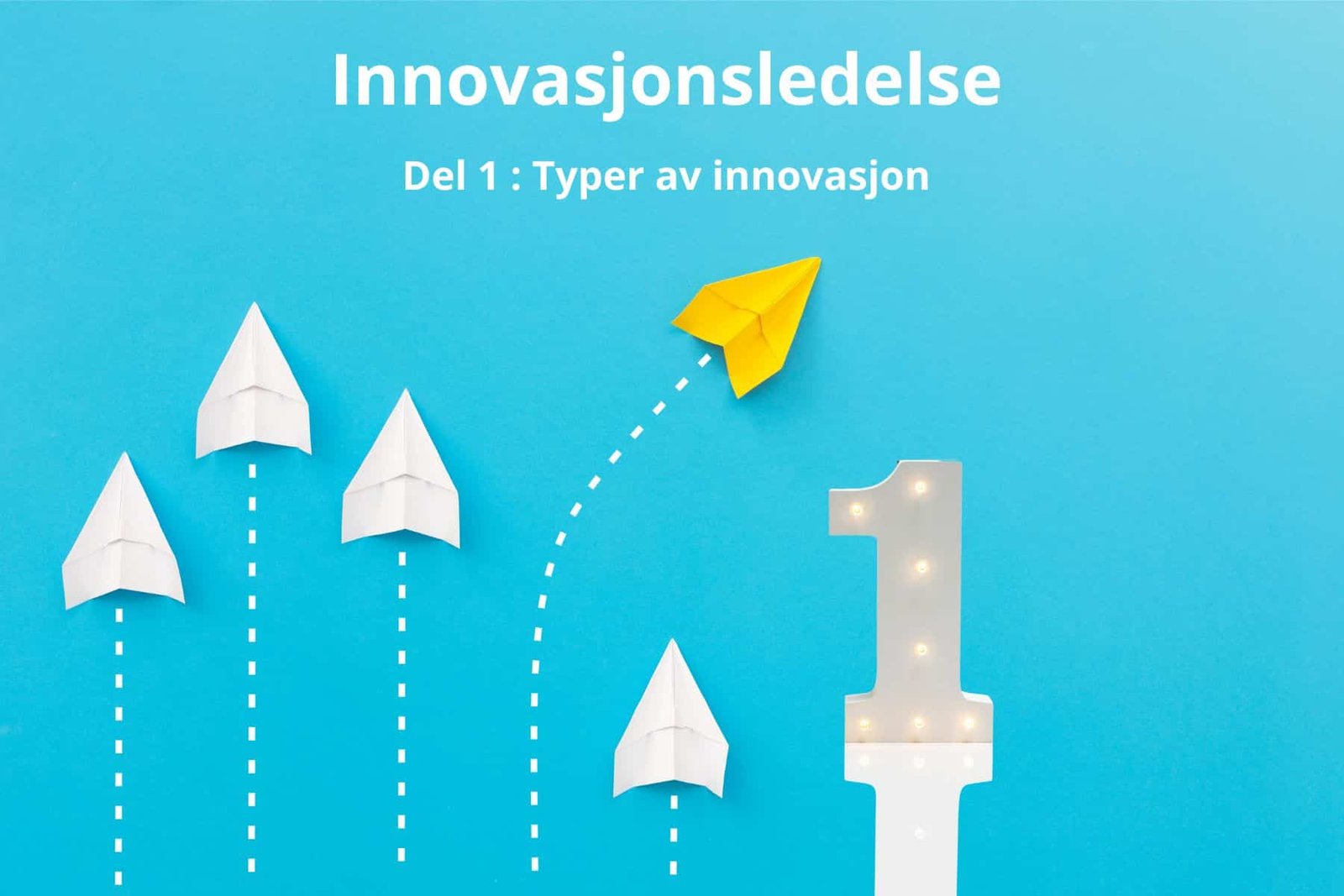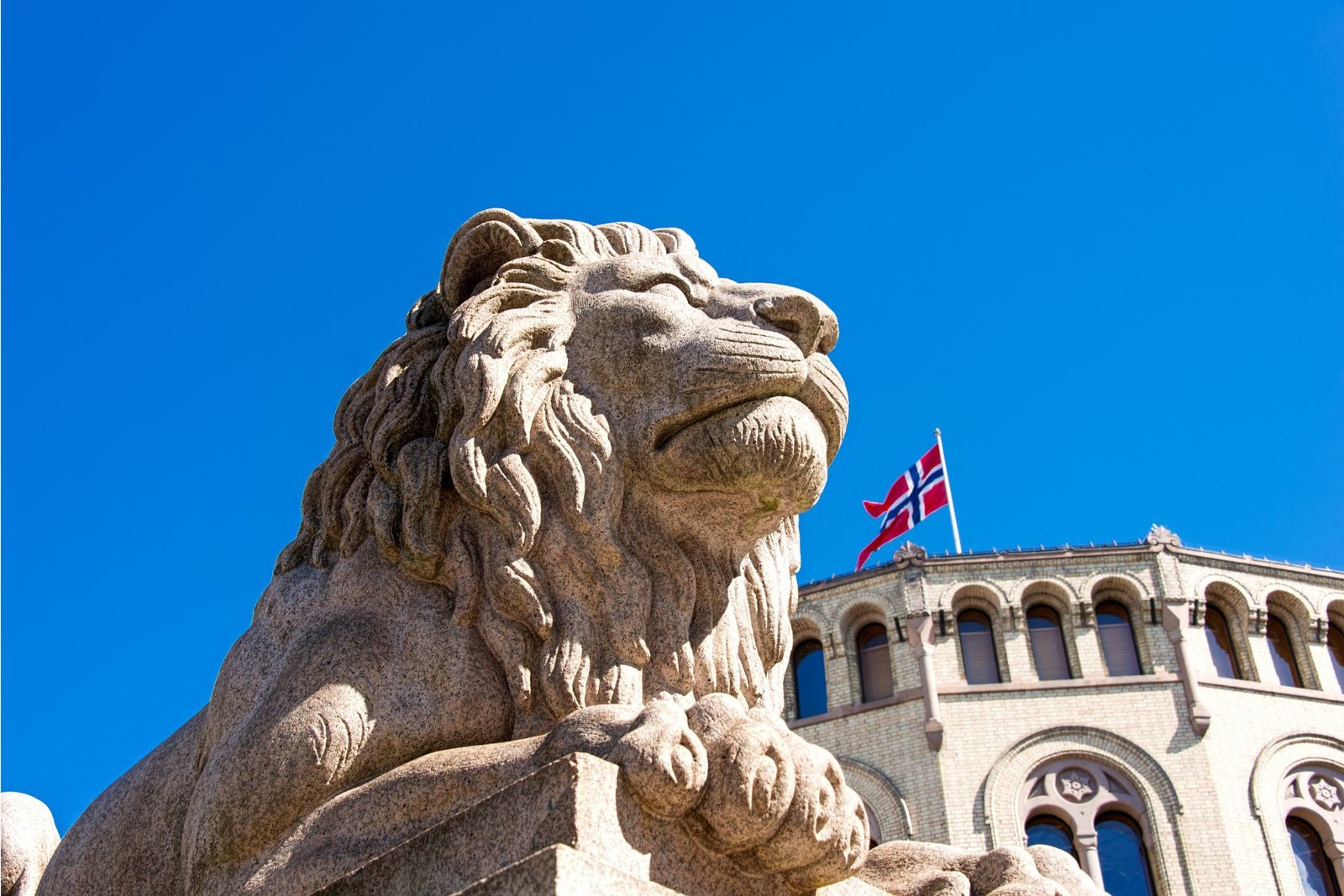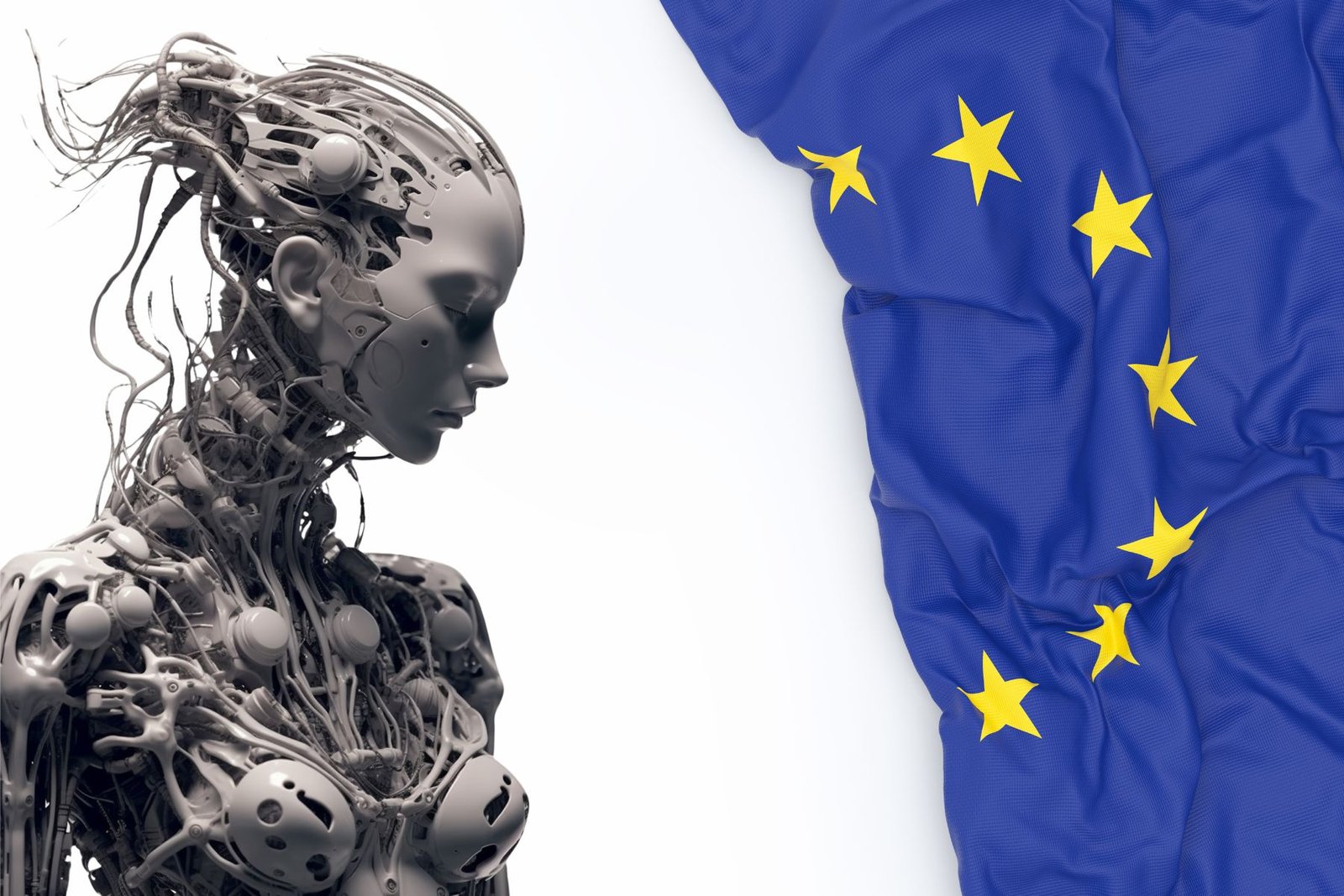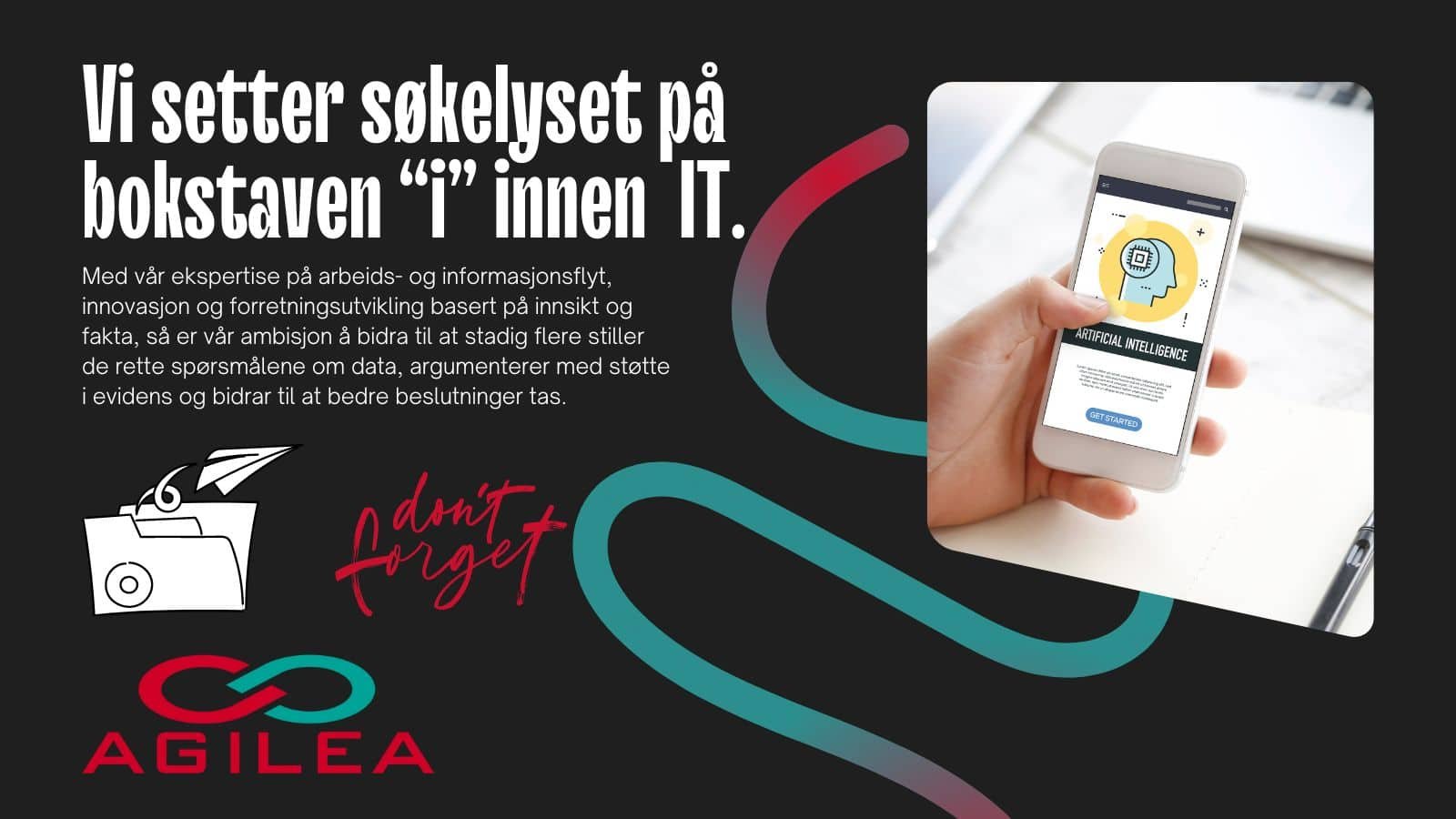What is a digital twin?
A digital twin is a virtual representation of a physical object, process or system. This technology enables simulation, monitoring, and analysis of real-world data in real time, providing insights and understanding that can be used to improve efficiency, reduce operational costs and enhance decision-making processes.
Historic milestones
Origin of the concept (2002)
The term “digital twin” was first introduced by Dr. Michael Grieves at the University of Michigan. It was used to describe digital copies of physical systems for simulation and analysis.
NASA’s adoption (2010)
NASA and the U.S. Air Force adopted the concept to create virtual replicas of spacecraft for better monitoring and maintenance.
Internet of Things (IoT) (2015)
With the rise of IIoT, industries began to see the value of digital twins at scale to monitor and improve operational efficiency.
Mainstream Adoption (2020-2024)
The technology has become more accessible and integrated into various sectors, from manufacturing to healthcare to urban planning, and has become a key tool for digital transformation in many different industries.
From now onwards (2024-)
The future of digital twins looks bright, especially considering how new technologies, such as artificial intelligence (AI), can accelerate the development and expansion of their application areas.
Digitale tvillinger og kunstig intelligens
Artificial intelligence can dramatically improve the capabilities of digital twins by offering advanced analytics and predictive capabilities. AI algorithms can process and analyze massive amounts of data generated from the physical twins in real time, enabling more accurate predictions and insights. This can be particularly useful in scenarios where it is critical to anticipate potential faults or maintenance needs before they occur, which can lead to significant cost savings and increased efficiency.
With the integration of AI, digital twins can be developed to become more autonomous. This means they can not only monitor and analyze data, but also make decisions and take actions based on that data without human intervention. For example, in an industrial facility, a digital twin can autonomously adjust operations to optimize efficiency or reduce energy consumption based on real-time data and AI analysis.
Tilpassede og dynamiske tvillinger
The future will also see an increase in personalized and dynamic digital twins, powered by AI. These twins will be able to adapt to changes in their physical counterpart in real time, offering more precise and relevant insights. This will be particularly valuable in complex systems or environments where conditions are constantly changing.
Forbedret design og innovasjon
AI can also play a key role in design and innovation processes by contributing to faster and more efficient prototyping. By using digital twins in combination with AI, businesses can experiment with and test new ideas in a virtual setting before implementing them in the real world. This can not only accelerate innovation, but also reduce the risks and costs associated with physical prototypes.
Overall, the integration of artificial intelligence with digital twins will undoubtedly open up new opportunities and improvements in monitoring, prediction, autonomy, design and customization. This will further strengthen their role as a critical tool for digitalization and innovation in various industries. With AI as the catalyst, the future of digital twins is both exciting and promising, with the potential to transform how we understand and interact with the physical world around us.
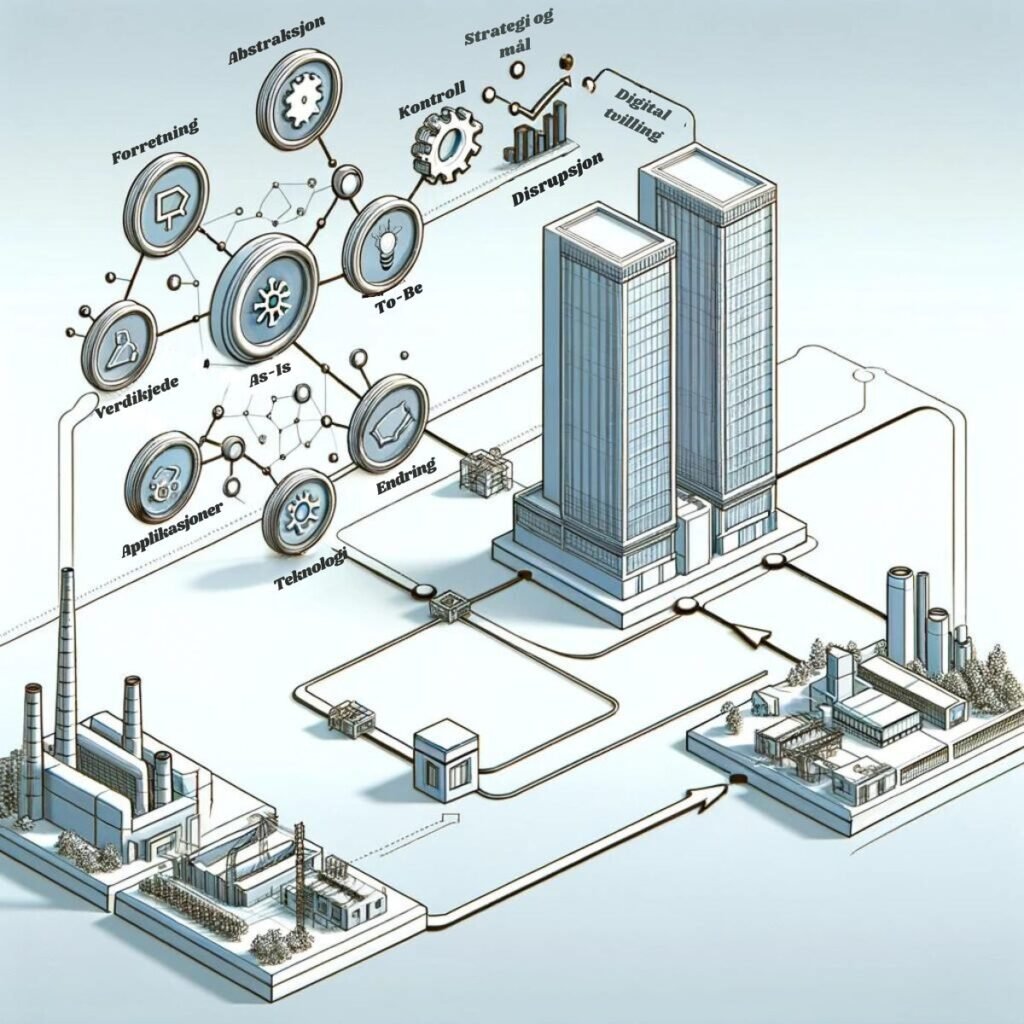
Nytteområder og gevinster
Digital twins offer a number of benefits, including:
・ Improved decision making: By simulating different scenarios, businesses can make more informed decisions.
・ Cost reduction: Real-time monitoring and predictive maintenance can reduce operating costs and extend the life of equipment.
・ Innovation and development: Rapid prototyping and testing of new ideas or products without the risk of physical experimentation.
・ Optimization of operations: Continuously monitoring and adjusting operations to maximize efficiency.
How to get started?
1. Define purpose and goals: Clarify what you want to achieve with a digital twin.
2. Data collection: Collect the necessary data from the physical object, system or process.
3. Choose the right platform: Choose a platform that suits your needs and can integrate with existing systems. Avoid overcomplication.
4. Development and Implementation: Develop the digital twin with the right level of detail and implement it in your operations. Take an experimental and agile approach, where hypotheses are tested.
5. Analyze and optimize: Use insights from the digital twin for continuous improvement. Document the business value (ROI) of initiatives undertaken.
FAQ
En digital tvilling er en levende modell som kontinuerlig oppdateres med sanntidsdata, mens en simulering er en engangsmodellering av et scenario uten løpende dataoppdateringer.
Alle industrier kan dra nytte, inkludert produksjon, energi, helsevesen, byplanlegging, og transport.
Hva slags data kreves for å opprette en digital tvilling?
Det kreves data som representerer det fysiske objektets eller systemets tilstand, inkludert operasjonelle data, sensoravlesninger, og miljødata.
Det kreves data som representerer det fysiske objektets, prosessen eller systemets tilstand, inkludert operasjonelle data, sensoravlesninger, og miljødata.
Det kreves data som representerer det fysiske objektets, prosessen eller systemets tilstand, inkludert operasjonelle data, sensoravlesninger, og miljødata.
Personvernet sikres gjennom robuste datahåndteringsprotokoller, kryptering, og ved å følge relevante personvernlover og -reguleringer.
Ja, SMB-er kan også dra nytte av digitale tvillinger for å forbedre effektiviteten, redusere kostnader, og akselerere innovasjon.
Digitale tvillinger kan bidra til bærekraft ved å optimalisere ressursbruk, redusere avfall, og forbedre energieffektiviteten.
Digital twins represent a revolution in how we interact with and understand our physical world. By harnessing this technology, businesses and society can achieve significant benefits, from cost reduction to accelerated innovation. As with any venture, the key to successful implementation is a clear understanding of goals, careful planning, and continuous optimization.
Er din virksomhet klar for å utforske hva en digital tvilling kan gjøre for deg?
Vi ser etter en samarbeidspartner for et prøveprosjekt nå!
We have the expertise, frameworks and tools ready, and are now looking for customers who are willing to spend time with us to explore opportunities together. We do not charge for the trial project, but expect professionalism and that the customer becomes a reference in case of success!
